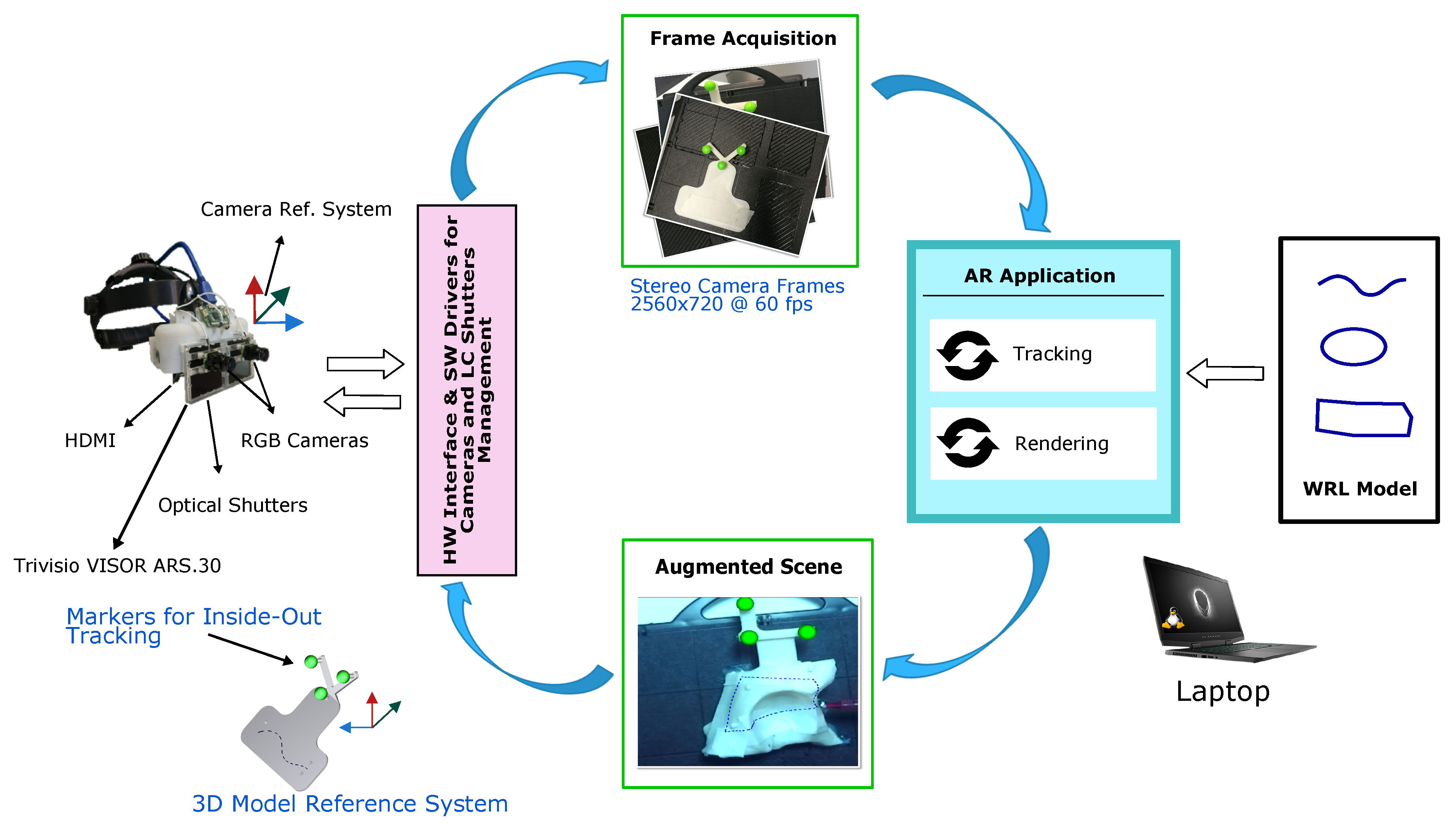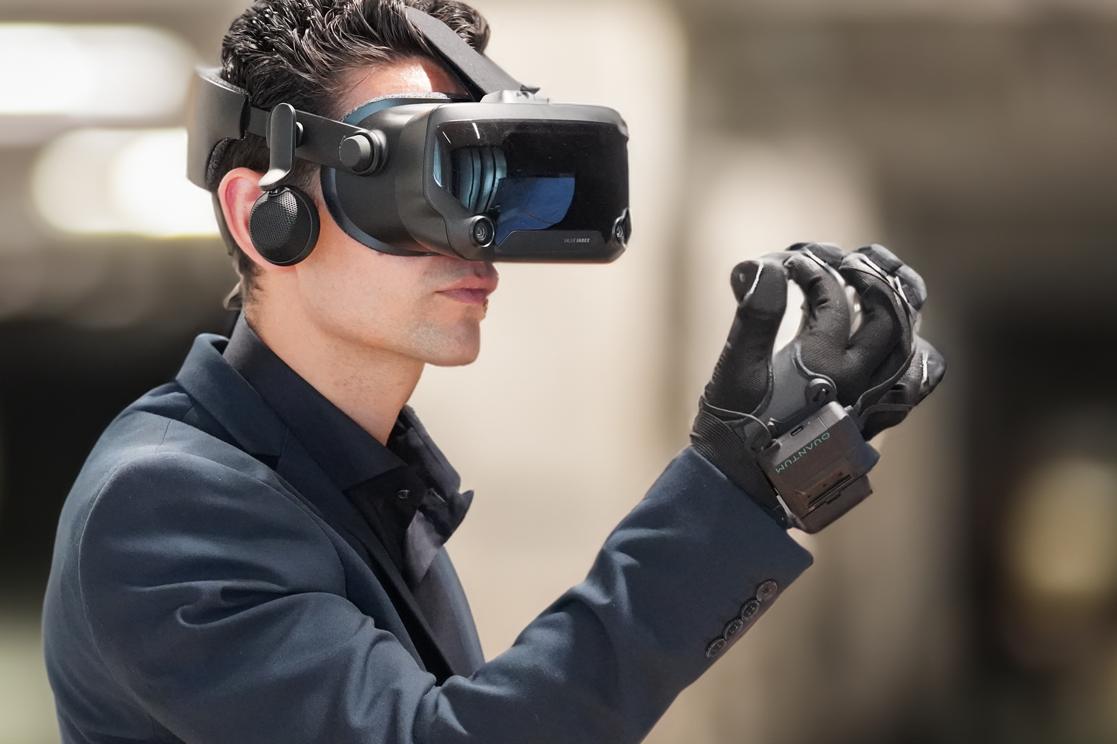Introduction
Smart cities are the future of urban living, where data-driven technologies are leveraged to improve the quality of life for residents, enhance sustainability, and boost efficiency. These cities harness various sensors, networks, and data analytics to make informed decisions, but a new player is about to take the stage – quantum sensors.
Quantum sensors, based on the principles of quantum physics, are pushing the boundaries of what’s possible in data collection and analysis. In this blog post, we’ll explore the fascinating world of quantum sensors, their applications in smart cities, and the potential they hold for transforming urban living.
What Are Quantum Sensors?
To understand the significance of quantum sensors, let’s start with the basics. Quantum sensors are a subset of quantum technology, which exploits the unique properties of quantum mechanics for practical applications. Quantum mechanics is the branch of physics that deals with the behavior of particles at the smallest scales, and it often involves phenomena that defy classical intuition.
One fundamental concept in quantum mechanics is superposition, where particles can exist in multiple states simultaneously. Another is entanglement, where the properties of one particle are correlated with the properties of another, even when they are separated by large distances. Quantum sensors leverage these phenomena to achieve unprecedented levels of precision in measurement.
How Quantum Sensors Work
Quantum sensors operate on the principle of using quantum states to detect and measure physical quantities with incredible accuracy. Here’s a simplified overview of how they work:
Quantum Superposition: Quantum sensors prepare particles, such as atoms or photons, in a superposition of states. This means that, instead of being in a single state, these particles exist in multiple states simultaneously.
Interaction with Target: The superpositioned particles are exposed to the physical quantity they are meant to measure, such as magnetic fields, temperature, or gravity.
Quantum Interference: The particles’ superposed states interact with the target in a way that their different states interfere with each other. This interference encodes information about the target’s properties into the quantum states.
Measurement: Finally, a measurement is made on the quantum states, extracting information about the physical quantity being measured. The precision of this measurement is unrivaled, surpassing classical sensors in accuracy.
Applications of Quantum Sensors in Smart Cities
Now that we have a basic understanding of how quantum sensors work, let’s explore their diverse applications in smart cities:
Enhanced Security: Quantum sensors can detect minute changes in magnetic fields, making them invaluable for detecting unauthorized movement or tampering with infrastructure. In smart cities, this can enhance the security of critical assets like power grids and transportation systems.
Environmental Monitoring: Smart cities prioritize sustainability, and quantum sensors play a key role in environmental monitoring. They can measure air quality, detect pollution levels, and monitor changes in temperature with unparalleled precision, allowing for more effective environmental policies.
Traffic Optimization: Quantum sensors can be used to monitor traffic flow and congestion in real-time. By providing accurate data, they enable dynamic traffic management systems that can optimize traffic light timings, reduce congestion, and improve transportation efficiency.
Predictive Maintenance: In a smart city, infrastructure maintenance is crucial. Quantum sensors can predict equipment failures by detecting the slightest deviations in mechanical vibrations or temperature, allowing for proactive maintenance and minimizing downtime.
Resource Management: Quantum sensors can monitor water and energy usage with extreme precision. This data helps city authorities allocate resources efficiently, reduce wastage, and promote sustainable practices.
Healthcare: In healthcare, quantum sensors can be used for early disease detection. They can detect biomarkers at extremely low concentrations, enabling early diagnosis and treatment, which is critical for managing public health in densely populated areas.
Challenges and Future Prospects
While the potential of quantum sensors in smart cities is immense, there are challenges to overcome. Quantum technology is still in its infancy, and practical implementation can be complex and costly. Moreover, maintaining the stability of quantum states in real-world environments poses a significant challenge.
However, researchers and innovators are actively working to address these issues. As quantum technology matures, we can expect to see more widespread adoption of quantum sensors in smart cities, unlocking new possibilities for urban development.
Conclusion
The integration of quantum sensors into smart cities represents a paradigm shift in urban planning and development. These sensors, harnessing the fascinating principles of quantum physics, offer unparalleled precision and accuracy in data collection. From improving security and optimizing transportation to enhancing environmental sustainability, the applications of quantum sensors are vast and promising.
As we continue to advance in the field of quantum technology, the smart cities of the future will be equipped with a powerful toolset that enables data-driven decision-making on an unprecedented scale. Quantum sensors are not just a glimpse into the future – they are the future of smart cities.






